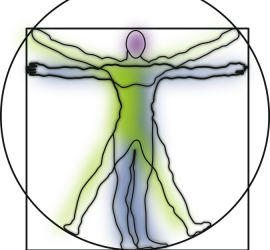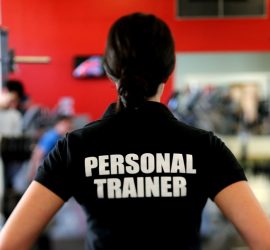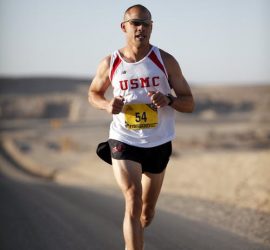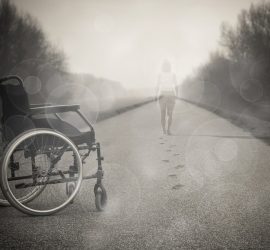Motor Impairment Blog’s most popular posts
Over the past 4.5 years, researchers from all over the world have written non-technical summaries on their research for the Motor Impairment Blog. Consequently, the Blog contains a rich archive of information on topics such as muscle strength and weakness, falls and balance, sensation, pain, motor control, and research methods. […]










